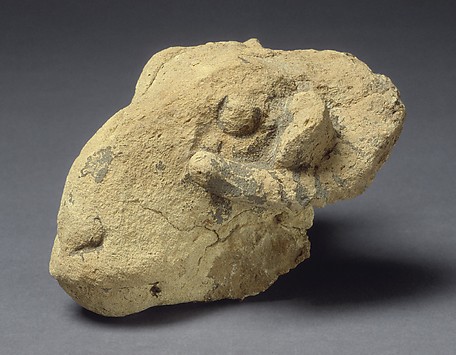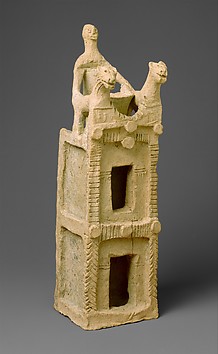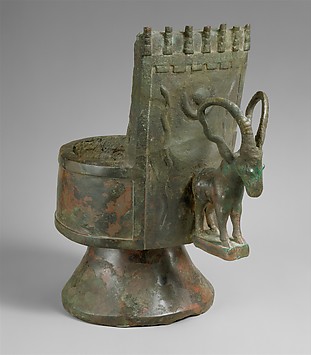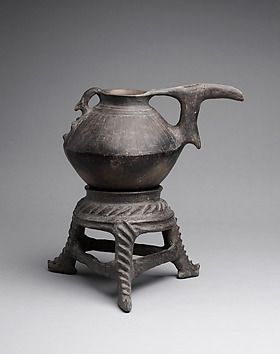Search The Collection
Filter By
Object Type / Material
Geographic Location
Date / Era
Ancient Near Eastern Art
Show Only:
- As part of the Met's Open Access policy, you can freely copy, modify and distribute this image, even for commercial purposes.APIPublic domain data for this object can also be accessed using the Met's Open Access API
- Objects with changed or unknown ownership in continental Europe between 1933-1945. Learn more
Showing 70 results
Sort by:

Sumerian
ca. 2900–2600 BCE

Babylonian
ca. 2000–1600 BCE

Iran
ca. 8th century BCE

ca. 2nd–3rd century CE

Sumerian
ca. 3100–2900 BCE

Babylonian
ca. 604–562 BCE

Achaemenid
ca. 358–338 BCE

Parthian
ca. 1st century BCE

Indus
ca. 2600–1900 BCE

Parthian
ca. 2nd century CE

Assyrian
ca. 883–859 BCE

Nabataean
ca. 1st century BCE–1st century CE

Sasanian
ca. 5th century CE

Sumerian
ca. 2600–2500 BCE

Assyrian
ca. 9th–8th century BCE

Bactria-Margiana Archaeological Complex
ca. late 3rd–early 2nd millennium BCE

Sasanian
ca. 7th century CE

Hittite
ca. 14th–13th century BCE

Neo-Sumerian
ca. 2090 BCE

Parthian or Kushan
ca.1st–2nd century CE

ca. 3500–3100 BCE

ca. 19th century BCE

Urartian
ca. 8th–7th century BCE

Hittite
ca. 14th–13th century BCE

Bactria-Margiana Archaeological Complex
ca. late 3rd–early 2nd millennium BCE

Assyrian
ca. 8th century BCE

Parthian
ca. 1st–2nd century CE

ca. 4th century BCE

Assyrian
ca. 9th–8th century BCE

Akkadian
ca. 2250–2150 BCE

Canaanite
ca. 14th–13th century BCE

ca. mid-1st millennium BCE

Proto-Elamite
ca. 3000 BCE

Assyrian
late 9th–early 8th century BCE

Iran
ca. early 1st millennium BCE

Assyrian
ca. 9th–8th century BCE

Iran
ca. 9th century BCE

ca. 18th–17th century BCE

Sumerian
2900–2700 BCE

Hittite
ca. 10th−9th century BCE